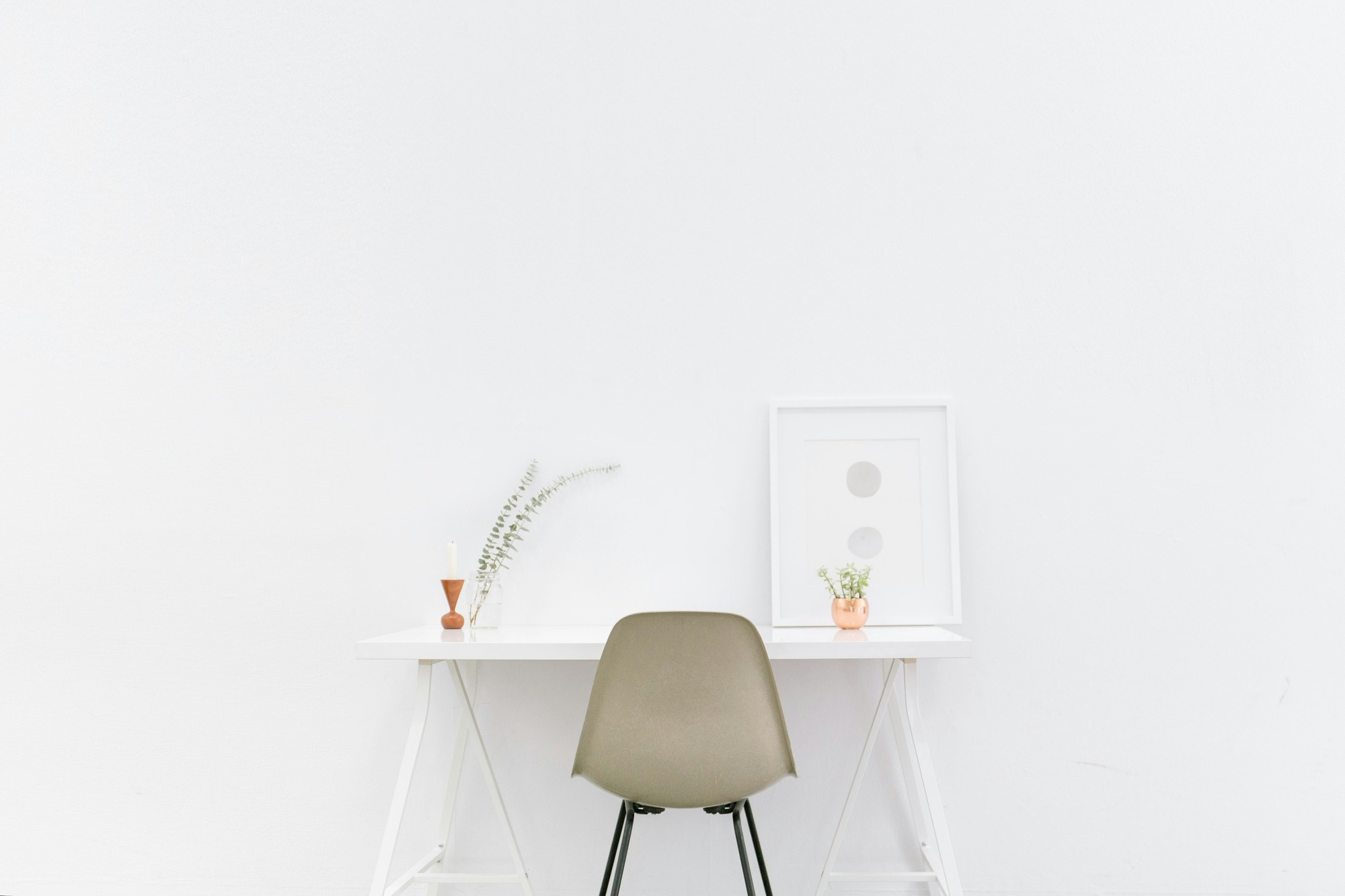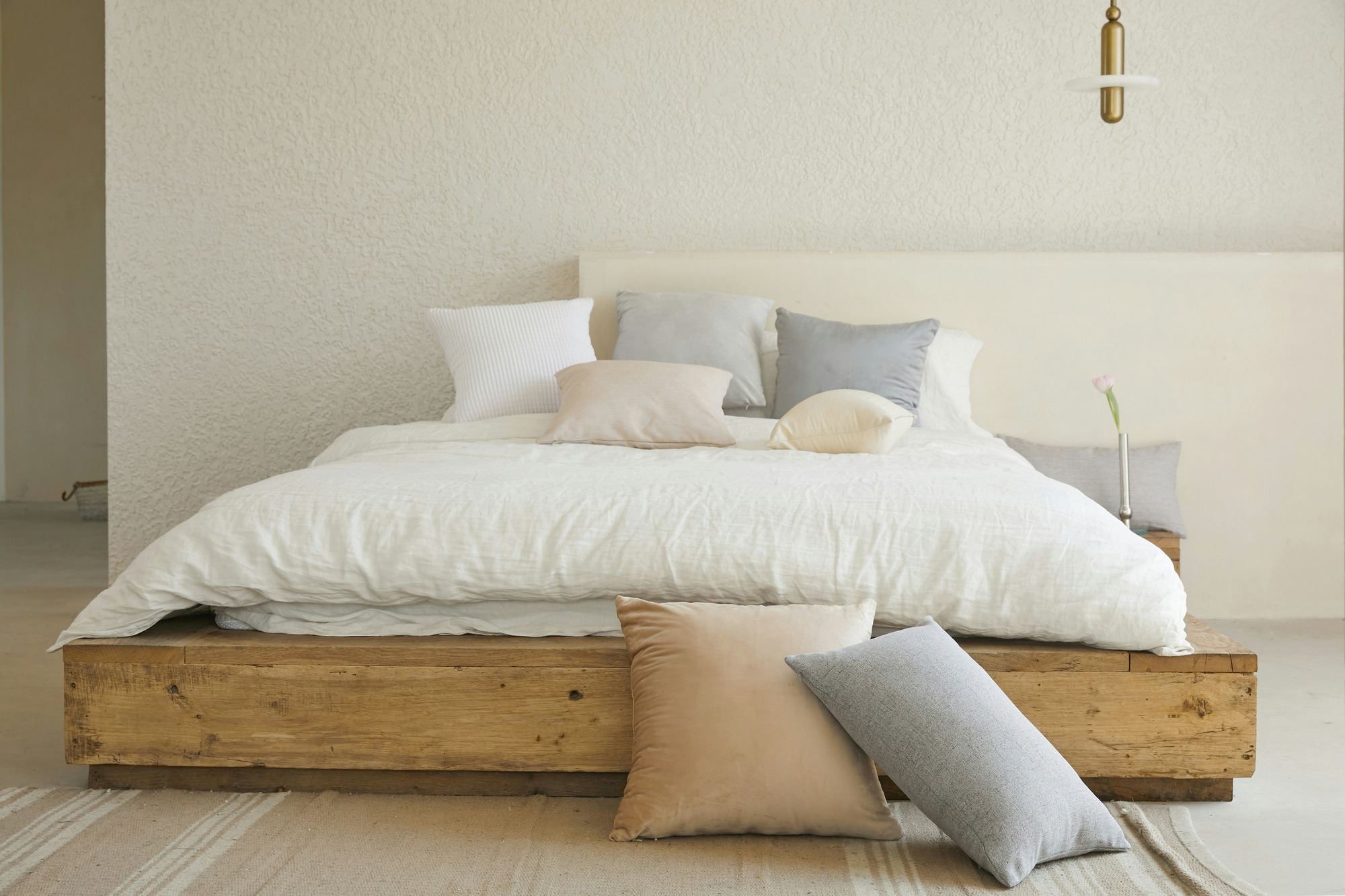
Minimalism is everywhere—from curated Instagram feeds and YouTube home tours to bestselling books that promise joy through decluttering. The lifestyle, often characterized by clean lines, neutral palettes, and pared-down wardrobes, has become synonymous with both aesthetic and enlightenment. But beneath the surface-level simplicity, a deeper question lingers. Is minimalism actually a meaningful philosophy, or just a rebranded privilege play for people who have backup closets and storage units?
In a world where millions are forced to live with less, not by choice, but by necessity, it’s fair to wonder: Is today’s version of minimalism just performative simplicity dressed up in luxury branding?
The Rise of Designer Simplicity
The modern minimalist movement is sleek, aspirational, and, if we’re being honest, often expensive. The clean white walls, mid-century furniture, and artisanal candles aren’t exactly budget finds. Many influencers and lifestyle bloggers tout the benefits of owning fewer things while simultaneously posting affiliate links to the five “investment” basics you must have in your capsule wardrobe.
And then there’s the irony: many self-proclaimed minimalists still keep seasonal clothes in storage, stash clutter in off-site units, or outsource their excess through digital subscriptions. Minimalism starts to look less like living with less and more like owning less in public while storing more in private.
That doesn’t mean everyone embracing minimalism is being disingenuous, but it does raise questions about what minimalism really means and who gets to define it.
Minimalism by Choice vs. Necessity
There’s a big difference between choosing to own fewer things and being forced to. For low-income individuals and families, “minimalism” isn’t a lifestyle trend. It’s survival. It’s not about letting go of the extra kitchen gadgets; it’s about never being able to afford them in the first place.
When the lifestyle is packaged as a virtue, one that implies moral superiority for having fewer possessions, it can easily cross the line into tone-deaf territory. Not everyone gets the luxury of decluttering. For some, the clutter never existed. Minimalism is most empowering when it’s accessible, not when it’s weaponized as a way to show who’s more evolved.

The Performance of “Less”
In many cases, modern minimalism functions as a performance. It’s not just about living simply—it’s about being seen as someone who lives simply. The pristine apartment with two coffee mugs and one succulent. The wardrobe limited to three color tones. The entire aesthetic is curated for visibility, often on social media.
But performative minimalism isn’t just harmless branding. It reinforces the idea that there’s a right way to have less—an organized, monochrome, and photogenic way. And when minimalism becomes a marker of taste, class starts creeping in through the back door. After all, who can afford to throw out everything and start over with high-quality replacements?
That’s not minimalism. That’s just consumerism with fewer receipts.
Minimalism Can Still Be Meaningful, But It Needs a Rebrand
Despite its flaws, minimalism isn’t inherently bad. There’s something freeing about letting go of things that don’t serve you. The mental clarity that comes with a decluttered space is real. And in a culture that often equates more with better, minimalism offers a much-needed counterpoint.
However, if the movement is going to stay relevant, it needs to become more inclusive. That means recognizing that minimalism doesn’t have to look like an Apple Store. It can look like reusing, repurposing, or living in a small space out of necessity, not because it fits the aesthetic.
It also means being honest about what we’re really doing. Is this about living with intention or about curating a lifestyle brand? The answer doesn’t have to be shameful, but it should be honest.
Let’s Redefine What “Enough” Means
At its best, minimalism invites us to ask, “What do I really need? What adds value to my life? What can I let go of, physically, emotionally, digitally?” But when minimalism is treated like a personality trait you can buy, it starts losing its soul. It stops being about peace of mind and starts being about aesthetics and status. That’s when it turns from a liberating choice into just another cultural checkbox.
Instead of following a one-size-fits-all version of simplicity, maybe it’s time to expand the definition. Enough doesn’t have to mean empty. It doesn’t have to look like clean counters or minimalist mood boards. It can look like sustainability. Like community. Like a home full of mismatched mugs and secondhand furniture that still brings joy. Because sometimes the simplest life isn’t the sleekest one. It’s the one that finally lets you breathe.
Do you think minimalism is a meaningful lifestyle or a privileged trend in disguise? How can we make simplicity more inclusive and less performative?
Read More:
How to Become Debt-Free by Living Like a Minimalist
Why Poor People Are Tired of Hearing ‘Just Budget Better’
Riley is an Arizona native with over nine years of writing experience. From personal finance to travel to digital marketing to pop culture, she’s written about everything under the sun. When she’s not writing, she’s spending her time outside, reading, or cuddling with her two corgis.
